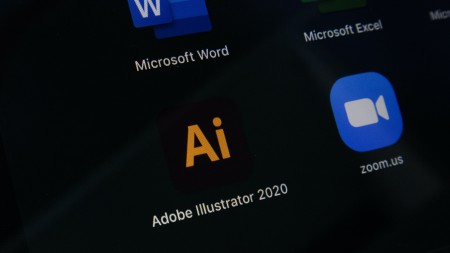Cataloging Applications...
 The process of cataloging and eliminating duplicate software applications used across an organization is known as application rationalization. This helps your IT department to lower costs, enhance portfolio efficiency, and reduce portfolio complexity.
The process of cataloging and eliminating duplicate software applications used across an organization is known as application rationalization. This helps your IT department to lower costs, enhance portfolio efficiency, and reduce portfolio complexity.
Companies may undertake application rationalization projects without intervention from company politics or unwanted territory fights if they have the correct infrastructure in place. This blog will discuss how to create a framework that allows your company to do so.
Consider the following important factors.
Large Application Portfolios
Repetitive aspects are hidden when the portfolio application is too large. When there are fewer apps, outliers in usage and investment are easier to spot.
Repetitive Platform Changes
When you stop moving your application from one platform to another, you cut the technical work and can give a more focused SaaS Portfolio.
Forgotten Applications
Before buying the newest applications, go over the ones you have and make sure that they are being used to their highest optimization. It is easy to buy the newest applications but think twice before adding them to your services.
Application Assessment
The purpose of an application assessment is usually driven by a certain objective that focuses on a specific part of the portfolio at a time. However, a full application assessment is not out of the question either. An assessment could involve correcting labeling, changing owners, and checking inactive and active apps.
The portfolio analysis is assisted by the business stakeholders. At times, the IT Finance only receives app to server mapping and the application list. The advice generated by an application rationalization is worthless if the source data is incorrect. The data is owned by I/O and must validate application list data with operational data for an accurate reading. You can know when an application assessment has been done correctly when applications are connected to the correct users or owners, the names and owners have been confirmed with I/O data and the legacy infrastructure is connected to the app that it uses. Costs can also be broken down into investments to run the business vs. grow the business.
Value to the Company
App rating analysis that works identifies both the name of an app and its business worth. The value is aligned to function when company goals are shared by all organizations.
Application TCO
Application total cost of ownership is based on the total cost of developing, sustaining, and distributing software. This includes costs that are directly and indirectly associated with infrastructure and operations. An app TCO should be an ongoing analysis.
Examine each application's quality.
How well an application complements current processes and functionalities determines its effectiveness in terms of business value. Automation is the most important functional quality to consider when evaluating an application. Employees can comment on their personal experience with an application as part of an application rationalization project. If an application is cumbersome and delivers a bad user experience, it has a negative influence on employee attitudes and engagement with the company. The technical limitations need to be weighed against the IT’s goals. Do the technical limitations fall in line with what the business needs are and what clients are looking for?
The effectiveness of app efforts is communicated by IT in the following ways:
- The number of apps that have been discontented because of results from the analysis.
- The number of licenses from decommissioned apps that have been recovered/avoided
- The worth of server and storage resources recovered/avoided from decommissioned apps.
- The percentage of applications that have been reduced over time.
- The percentage of apps having redundant features that have been reduced.
- The percentage of reduction in cost overall over time
- The merit in apps that have been switched over
